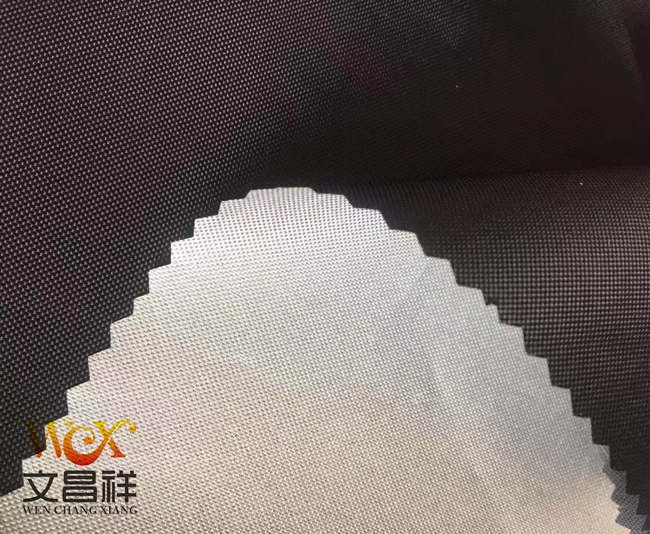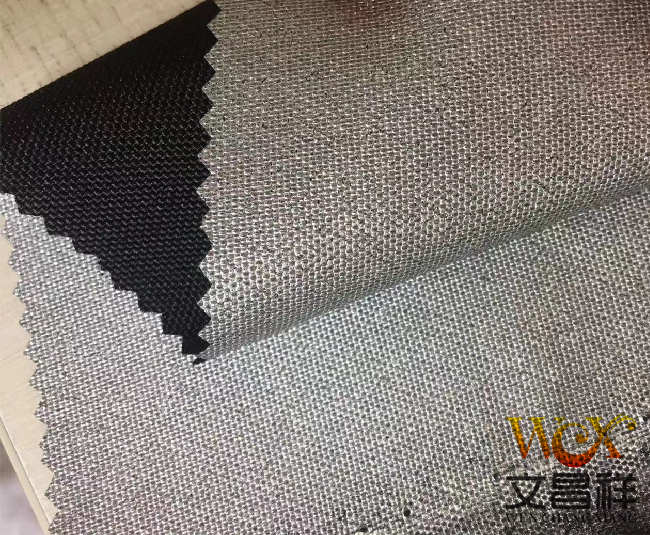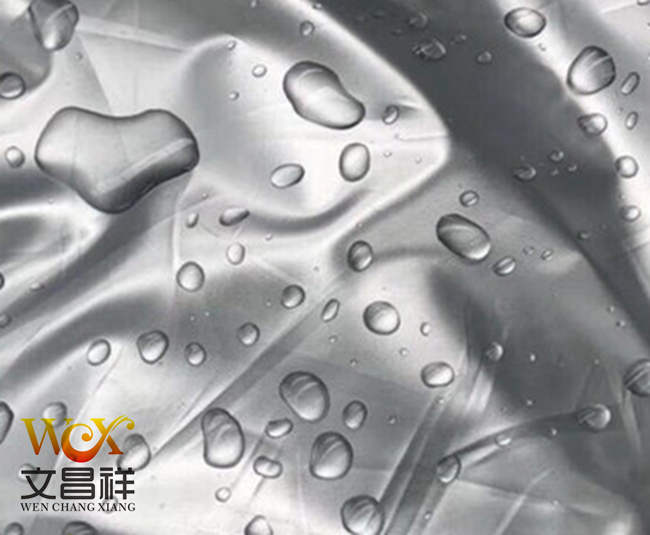Coated Oxford cloth is mainly based on the cloth and uses a special process to apply a layer with special functions. The material adds special functions to the fabric. So it is also called functional coated fabric. According to the different coating materials, there are three categories: PVC coating, PU coating and semi-PU coating.

The principle of coated fabrics is to use solvents (currently fabric factories generally use toluene or methyl ethyl ketone) to dissolve the required coating particles (including PU glue, A/C glue, PVC, PE glue) into saliva. shape (related to the ratio of rubber to sol, viscosity, etc.) and then apply it evenly on the cloth (including cotton, polyester, nylon and other base materials) with a scraper, and then fix it through the temperature in the oven. A uniform layer of covering rubber is produced on the surface of the fabric to achieve waterproof, windproof, breathable and other functions.

Depending on the waterproof coefficient of Oxford cloth, the water pressure is also different. The best 600D Oxford cloth is ≥5000MM, the 420D Oxford cloth is generally ≥3000MM, and the worst 210D Oxford cloth is ≥1500MM.
Coated waterproof Oxford cloth has high strength, good waterproof performance and good self-cleaning properties , corrosion resistance, long service life and other excellent physical and chemical properties, it is used to make truck tarpaulins, tent materials, inflatable materials, sunshade materials, etc. in the fields of construction, transportation, sunshade, warehousing, advertising, sports equipment, and entertainment facilities.

What are the specifications of Oxford cloth? Such as 1680D, 1200D, 900D, 600D, 420D, 300D, 210D, 150D and other Oxford cloth. Function classification of Oxford cloth: fire-retardant cloth, waterproof Oxford cloth, PVC Oxford cloth, PU Oxford cloth, camouflage Oxford cloth, fluorescent Oxford cloth, Printed Oxford cloth, composite Oxford cloth, etc.
</p





